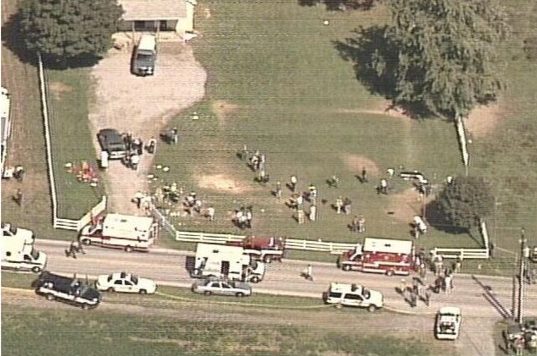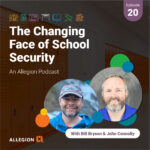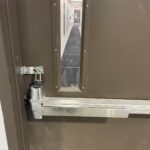As many iDigHardware readers know, I often talk about looking at past events as a way to avoid future tragedies. The school shooting that occurred at the Amish schoolhouse in West Nickel Mines is one that I have referenced in my articles about classroom security, because the shooter brought materials to barricade the doors. After the shooting, an article in USA Today discussed the difficulties faced by first responders to the scene:
From the moment a gunman began shooting 10 girls in an Amish schoolhouse last year, 2½ agonizing minutes ticked by before state police were able to force their way into the barricaded building, according to newly revealed details about the siege. The killings last year and the Virginia Tech massacre demonstrate that police dealing with barricaded gunmen need better training and equipment, such as battering rams, said state police Sgt. Douglas Burig, who was in command at the West Nickel Mines Amish School standoff.
While it may be tempting to focus only on the so-called “benefits” of retrofit security devices (chiefly, lower cost and easier procurement than traditional security), we can’t ignore the possibility that a barricade device could be used by an unauthorized person to secure a classroom and commit a crime while delaying law enforcement’s response. School districts also need to consider their potential liability in using these security methods, especially if the chosen products are not code-compliant.
Let’s take a look back at this incident, and see what we can learn from it…
~~~
Looking Back: Nickel Mines PA School Incident – Officer.com
 Early in the development of active shooter response protocols there was the recognized possibility that an active shooter event could transition to a hostage barricade situation and officers were trained to change tactics accordingly. “Active shooter” was defined as a person or persons actively killing with no apparent intent to cease. A “hostage barricade” situation involves a person or persons who have taken others hostage and are holding them in an area not easily breached without creating risk to the hostages. The key factor for hostage barricade is that the hostages aren’t being killed as fast as the criminal can do so. They are alive and in less immediate danger than those potential victims of an active shooter. What no one ever really planned for (in the active shooter response protocol trainings I’m aware of), is for a hostage barricade situation to become an active shooter situation… very quickly and with tragic results.
Early in the development of active shooter response protocols there was the recognized possibility that an active shooter event could transition to a hostage barricade situation and officers were trained to change tactics accordingly. “Active shooter” was defined as a person or persons actively killing with no apparent intent to cease. A “hostage barricade” situation involves a person or persons who have taken others hostage and are holding them in an area not easily breached without creating risk to the hostages. The key factor for hostage barricade is that the hostages aren’t being killed as fast as the criminal can do so. They are alive and in less immediate danger than those potential victims of an active shooter. What no one ever really planned for (in the active shooter response protocol trainings I’m aware of), is for a hostage barricade situation to become an active shooter situation… very quickly and with tragic results.
Click here to read the rest of the article.
Photo Credit: White Horse Fire Co.
You need to login or register to bookmark/favorite this content.





Leave A Comment